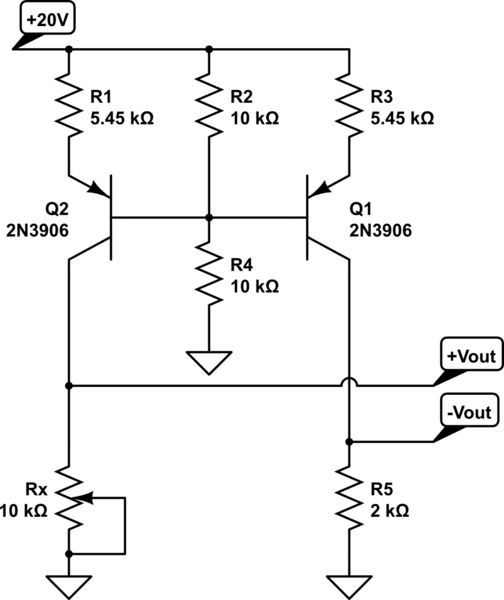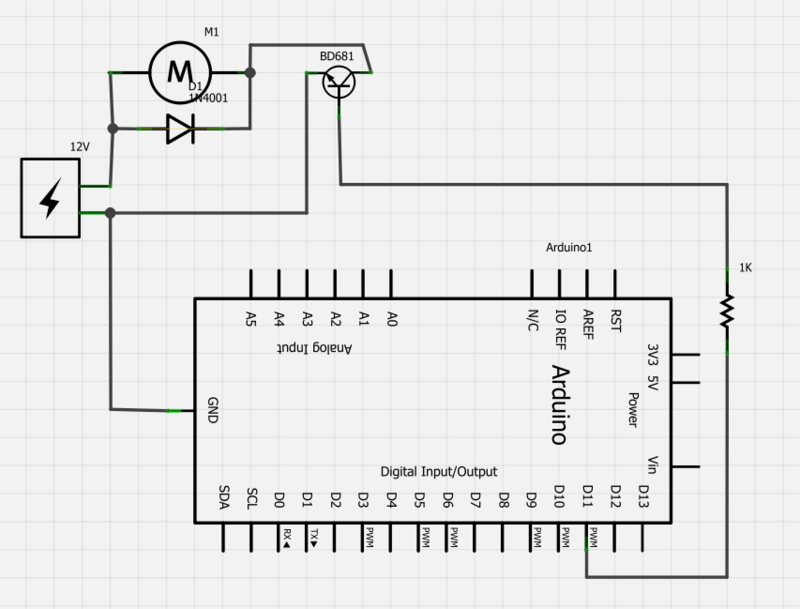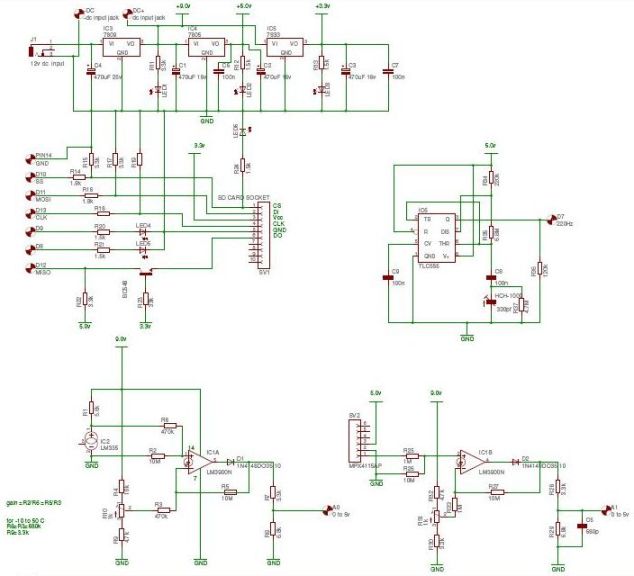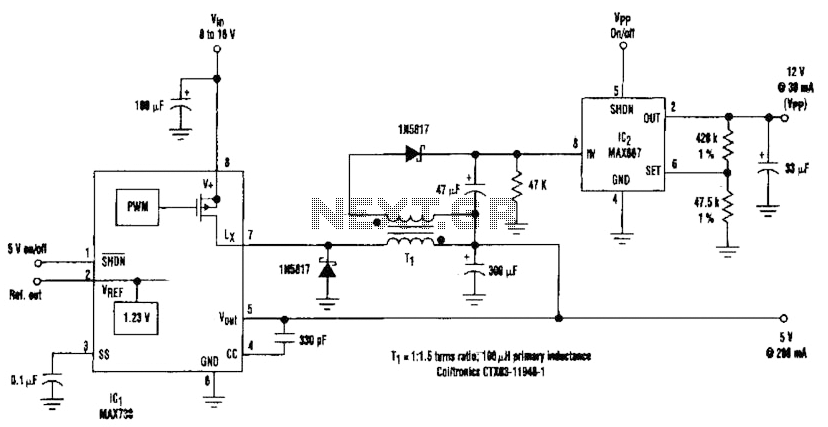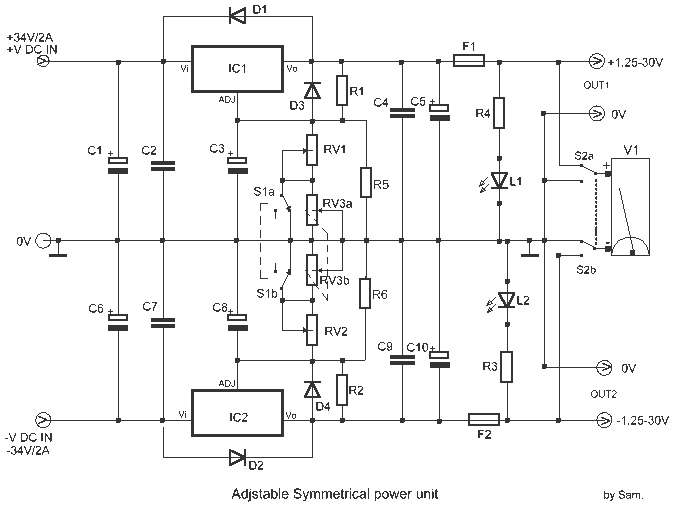
Adjustable regulator using L200
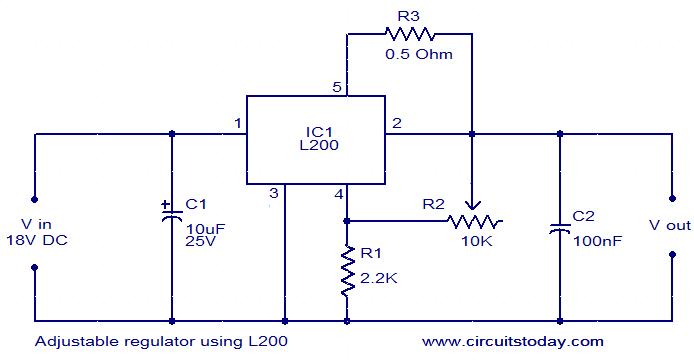
The circuit diagram depicts an adjustable voltage regulator utilizing the IC L200. The L200 is a monolithic integrated adjustable voltage regulator IC that incorporates features such as current limiting, thermal shutdown, power limiting, and input over-voltage protection. This regulator is designed to produce an output voltage that can be adjusted between 2.85V and 15V, with a maximum output current of 1A. The output voltage is determined by resistors R1 and R2, while resistor R3 sets the output current limit to 1A. Capacitors C1 and C2 are used for filtering purposes. It is important to ensure that the input voltage to the L200 does not exceed 40V.
The adjustable voltage regulator circuit using the L200 IC is designed for flexibility in output voltage regulation, making it suitable for various applications where precise voltage levels are required. The L200 IC is capable of delivering a stable output voltage with an adjustable range, allowing for customization based on the needs of the connected load.
Resistors R1 and R2 form a voltage divider network, which is critical in setting the desired output voltage. The output voltage (Vout) can be calculated using the formula Vout = Vref × (1 + R2/R1), where Vref is the reference voltage of the L200, typically around 1.25V. By selecting appropriate values for R1 and R2, the output voltage can be finely tuned within the specified range of 2.85V to 15V.
Resistor R3 plays a pivotal role in current limiting, ensuring that the output current does not exceed the specified 1A. This feature protects both the regulator and the connected load from potential damage due to overcurrent conditions. The selection of R3 should be based on the desired current limit and the characteristics of the load.
Capacitors C1 and C2 are essential for maintaining voltage stability and filtering out noise from the power supply. C1 is typically placed at the input to smooth out any fluctuations in the input voltage, while C2 is connected at the output to ensure a clean and stable output voltage. The values of these capacitors should be chosen based on the frequency response requirements of the application.
It is crucial to observe the maximum input voltage specification of 40V for the L200 to prevent damage to the IC. Proper heat dissipation measures should also be implemented, as the regulator may generate heat during operation, especially under high load conditions.
Overall, the L200 adjustable voltage regulator circuit is a robust solution for applications requiring variable voltage outputs, with built-in protections that enhance reliability and performance.Here is the circuit diagram of an adjustable voltage regulator using IC L200. L200 is a monolithic integrated adjustable voltage regulator IC having features like current limiting, thermal shut down, power limiting, input over voltage protection etc. Here the regulator is designed to produce an output adjustable between 2. 85V to 15V at 1A. The resi stors R1 and R2 determines the output voltage. The resistor R3 determines the limiting value of output current, here 1A. Capacitors C1 and C2 does filtering. Do not give more than 40V to the input on L200. 🔗 External reference
The adjustable voltage regulator circuit using the L200 IC is designed for flexibility in output voltage regulation, making it suitable for various applications where precise voltage levels are required. The L200 IC is capable of delivering a stable output voltage with an adjustable range, allowing for customization based on the needs of the connected load.
Resistors R1 and R2 form a voltage divider network, which is critical in setting the desired output voltage. The output voltage (Vout) can be calculated using the formula Vout = Vref × (1 + R2/R1), where Vref is the reference voltage of the L200, typically around 1.25V. By selecting appropriate values for R1 and R2, the output voltage can be finely tuned within the specified range of 2.85V to 15V.
Resistor R3 plays a pivotal role in current limiting, ensuring that the output current does not exceed the specified 1A. This feature protects both the regulator and the connected load from potential damage due to overcurrent conditions. The selection of R3 should be based on the desired current limit and the characteristics of the load.
Capacitors C1 and C2 are essential for maintaining voltage stability and filtering out noise from the power supply. C1 is typically placed at the input to smooth out any fluctuations in the input voltage, while C2 is connected at the output to ensure a clean and stable output voltage. The values of these capacitors should be chosen based on the frequency response requirements of the application.
It is crucial to observe the maximum input voltage specification of 40V for the L200 to prevent damage to the IC. Proper heat dissipation measures should also be implemented, as the regulator may generate heat during operation, especially under high load conditions.
Overall, the L200 adjustable voltage regulator circuit is a robust solution for applications requiring variable voltage outputs, with built-in protections that enhance reliability and performance.Here is the circuit diagram of an adjustable voltage regulator using IC L200. L200 is a monolithic integrated adjustable voltage regulator IC having features like current limiting, thermal shut down, power limiting, input over voltage protection etc. Here the regulator is designed to produce an output adjustable between 2. 85V to 15V at 1A. The resi stors R1 and R2 determines the output voltage. The resistor R3 determines the limiting value of output current, here 1A. Capacitors C1 and C2 does filtering. Do not give more than 40V to the input on L200. 🔗 External reference
